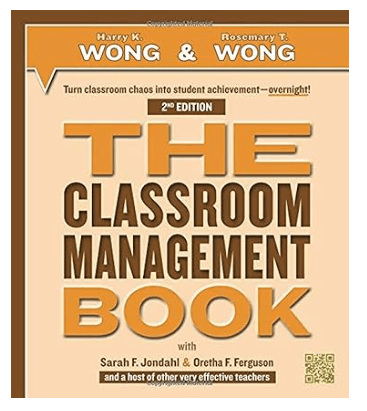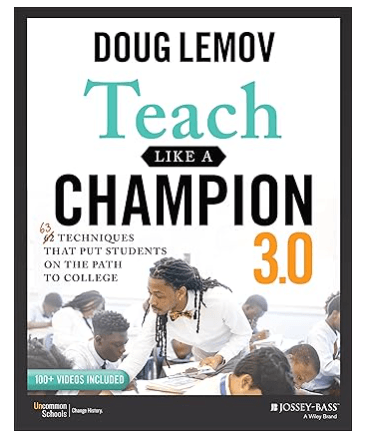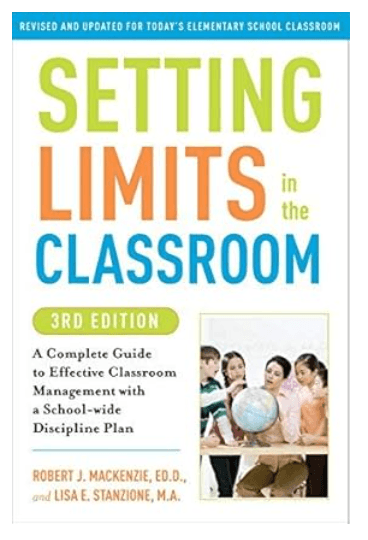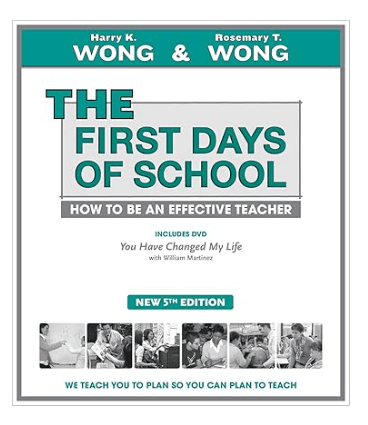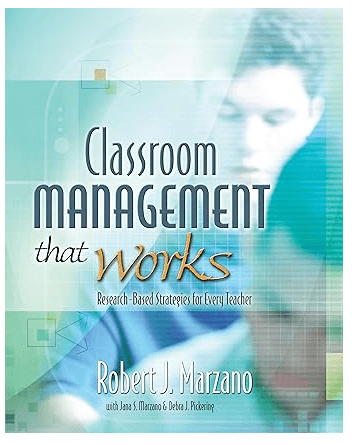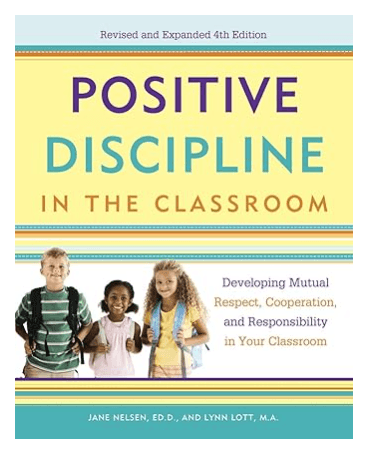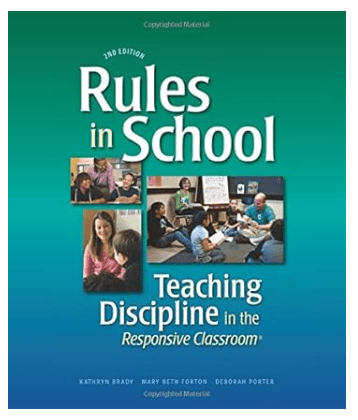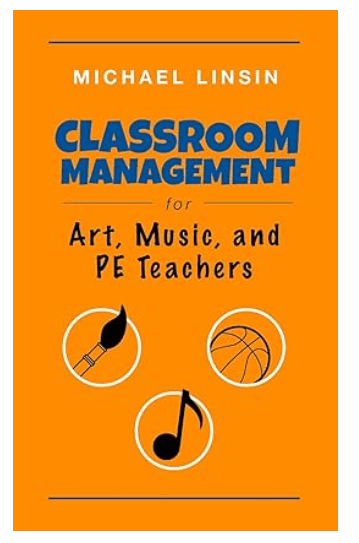Introduction to Classroom Management
Classroom management is a critical aspect of the educational environment that encompasses the strategies employed by educators to maintain a productive and orderly classroom. Effective classroom management fosters a space where classroom instruction can thrive, allowing teachers to deliver lessons and engage students without interruption from disruptive behavior. By establishing clear expectations and routines, teachers can create an environment that not only supports learning but also encourages respectful interactions among students.
A significant element of classroom management is its role in managing diverse classrooms, particularly those that include students with disabilities. Inclusive instructional strategies are essential for meeting the varied needs of all learners, thereby ensuring engagement across the student population. Educators are tasked with creating adaptive environments that accommodate different learning styles and abilities, which is paramount in promoting effective classroom instruction.
Moreover, research indicates that classrooms with solid management practices experience fewer disruptions, resulting in increased academic achievement and improved student well-being. Engaging students through innovative classroom management techniques can make learning more appealing, thereby enhancing participation and motivation. Effective educators integrate various strategies such as collaborative learning, positive reinforcement, and structured routines, leading to an inclusive and dynamic classroom atmosphere.
Ultimately, investing time in understanding and implementing effective classroom management strategies can significantly impact teaching and student learning outcomes. It paves the way for resilient educational practices that prepare students for academic success. As educators delve into well-researched literature on the subject, they can expand their toolkit and refine their approaches to classroom management, ultimately fostering a more inclusive and engaging learning environment for all students.
Top Ten Books on Classroom Management
When it comes to effective classroom management, educators are often on the lookout for resources that provide practical strategies and insights. Below is a curated list of the top ten books available on Amazon that focus on classroom management strategies. Each book brings unique concepts and methodologies aimed at enhancing classroom instruction and engaging students.
If you click the links below and make a purchase, we will earn a commission at no additional cost to you.
1. The Classroom Management Book by Harry K. Wong and Rosemary T. Wong – This comprehensive guide delves into various instructional strategies that can foster a positive learning environment. It emphasizes proactive approaches to behavior management, making it a favorite among educators seeking to include students with disabilities.
2. Teach Like a Champion by Doug Lemov – Renowned for its actionable techniques, this book is designed to improve classroom instruction. It includes numerous strategies for engaging students and maintaining classroom order, drawing on real-life classroom examples.
3. Setting Limits in the Classroom by Robert J. Mackenzie – This resource highlights the importance of boundaries and consistency in managing student behavior. Educators appreciate its focus on building respectful relationships, which is crucial for inclusion.
4. The First Days of School by Harry K. Wong – This classic guide is focused on creating an effective classroom management system right from the beginning of the school year. Readers commend its emphasis on planning and preparation.
5. Classroom Management That Works by Marzano, Marzano, and Pickering – Grounded in research, this book offers instructional strategies to improve effectiveness in managing a classroom. Educators value its evidence-based approach.
6. Positive Discipline in the Classroom by Jane Nelsen – With a focus on non-punitive discipline strategies, this book helps educators engage students while managing behavior in inclusive settings. Reviews indicate strong insights into fostering community in classrooms.
7. The Teacher’s Toolkit by Paul Ginnis – This practical resource includes a variety of strategies aimed at improving classroom instruction through effective management techniques. Teachers appreciate its usability and range of ideas.
8. Manage Your Classroom by Kiara Smith – proven techniques to improve classroom management and create a more organized, respectful learning environment. While perfection might be out of reach, with the right approach from the start, you can transform your classroom into a space where students are engaged and well-behaved. Written by an experienced cosmetology teacher passionate about helping fellow educators, this guide provides practical solutions for managing behavior, keeping noise levels under control, and fostering student focus.
9. Rules in School by Kathryn Brady – a widely-used, positive discipline approach that has helped teachers across the country create calm and safe classrooms where students thrive. The method focuses on building self-control, understanding positive behavior, and helping students appreciate it.
10. Classroom Management for Art, Music, and PE Teachers” by Michael Linsin – offers a practical solution to turn even the most difficult groups into calm, well-behaved classes. It provides essential tools, strategies, and techniques to efficiently manage any classroom, allowing teachers to focus on inspiring students and making a lasting impact.
These selected books offer a wealth of knowledge for educators striving to improve their classroom management strategies. Customer reviews consistently highlight the practicality and applicability of the instructional strategies presented, as well as the overall effectiveness they have in fostering an inclusive environment.
Review Analysis of the Selected Books
In evaluating the selected books on classroom management strategies, a comprehensive analysis of user reviews reveals several recurring themes that can significantly aid educators in their decision-making process. One of the most prominent aspects highlighted by readers is the practical application of the strategies presented within the texts. Many educators emphasize the importance of actionable techniques that can be immediately implemented in classroom instruction. This focus on applicability ensures that teachers, especially those working with students with disabilities or diverse learning needs, can utilize these instructional strategies to enhance engagement and foster an inclusive environment.
Readability is another critical factor consistently mentioned in user feedback. Books that employ clear language and structured narratives tend to receive higher ratings from educators. If instructional material is challenging to comprehend, it poses additional barriers to effective classroom management. Thus, the presence of straightforward explanations and relatable examples is crucial in helping educators assimilate the concepts presented. Reviews indicate that texts effectively emphasizing accessible language facilitate the deployment of strategies, ultimately benefiting classroom dynamics.
Furthermore, effectiveness in real classroom scenarios is a significant theme that emerges from the reviews. Many users share their experiences of implementing various strategies from the books in their classrooms. Positive outcomes, such as improved student behavior and heightened engagement levels, resonate throughout the feedback. This real-world evidence lends credibility to the provided strategies and reinforces their relevance in contemporary educational settings. Overall, the reception of these selected books suggests that they offer valuable insights into effective classroom management, appealing to educators seeking to improve their methodologies and tackle challenges in classroom instruction.
Benefits of Reading These Books for Educators
Reading books on classroom management offers numerous practical benefits for educators. These resources serve as invaluable tools, providing actionable strategies that can be directly implemented in the classroom. For instance, each book reviews various instructional strategies that can help educators effectively engage students, particularly in diverse learning environments. By applying these strategies, educators can tailor their classroom instruction to accommodate all learners, including students with disabilities, thereby promoting inclusion.
One primary advantage of these books is their ability to present theoretical frameworks that underpin successful classroom management. Understanding these frameworks enables educators to comprehend the rationale behind specific instructional strategies, equipping them to make informed decisions in real-time classroom situations. Moreover, the application of these theories can significantly enhance the quality of classroom interaction, fostering a positive atmosphere conducive to learning.
Additionally, these books introduce innovative ideas that educators can adapt to their unique classroom settings. They often encourage teachers to embrace creativity in their approaches, which can help remediate challenges faced by students. For example, techniques such as cooperative learning or project-based instruction can create a dynamic learning environment that actively engages all students. Consequently, educators who invest time in reading these resources are more likely to develop a repertoire of effective classroom management techniques, leading to better relationships with their students.
Overall, exploring books on classroom management serves as a vital professional development opportunity for educators. Each reading experience enriches their understanding of effective instructional strategies while empowering them to create a more inclusive and productive classroom environment. In a rapidly changing educational landscape, such knowledge and adaptability are essential for all educators aiming to succeed in their roles.

